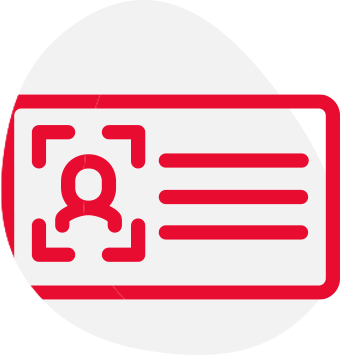 Plant supply, design and registration
Plant supply, design and registration High risk work licences
High risk work licences Cranes
Cranes Concrete pumping
Concrete pumping Elevating work platforms
Elevating work platforms
Specific examples of plant common in the construction industry include:
- Machinery – for example, conveyors, cranes and forklifts
- Equipment – for example, elevating work platforms, lifts and scaffolds
- Containers – for example, shipping containers
- Implements – for example, planting machines
- Power tools – for example, drills and saws
Plant is a major cause of injury and death in the construction industry. Risks include:
- Amputated limbs from unguarded moving parts
- Being crushed
- Injuries from falls while accessing, using or maintaining plant
- Electric shocks from energised plant
- Musculoskeletal problems from manually handling or using poorly designed plant
- Burns or scalds from exposure to hot surfaces, flames or liquids.
- Hearing loss from noisy plant.
|
PCBU duties |
Worker duties |
|---|---|
You have a duty to provide and maintain safe plant and manage risks related to plant. You have a duty to ensure the safe use, handling, storage and transportation of plant. You must provide training and supervision, information and personal protective equipment (PPE) if needed. You must ensure that the plant is used for its intended purpose or ensure a competent person can confirm that using it in a different way doesn’t increase risk. You must prevent unauthorised alterations or interference with plant. You must register certain types of plant design and ensure all registrable plant items have separate registration. For more information, click here. You must not direct or allow a worker to use registrable plant if it is not registered. See Schedule 5 of the WHS Regulations for a list of plant and plant designs that need registration. | Your PCBU has a duty to keep you and your workplace safe from risks associated with plant. You also have a duty to take reasonable care of your safety and that of others in the workplace including ensuring your acts and omissions don’t adversely affect others health and safety. Comply with any reasonable instructions, policies and procedure given by your PCBU at the workplace. |
As a person conducting a business or undertaking (PCBU), you have a duty to keep yourself, your workers and others safe from risks associated with plant. Workers operating some types of plant may also need to hold a high risk work licence.
If you manage or control plant, you must manage risks to keep yourself and others safe.
If you modify plant, you take on duties as a plant designer and manufacturer. For more information on designer duties, click here.
For further information see Part 5.1 of the Model WHS Regulations.
Plant and machinery
There are different types of plant and machinery in the construction industry. These include: cranes, elevating work platforms, excavators, forklifts, drills and saws.
As a person conducting a business or undertaking (PCBU), you have specific duties to:
- Manage the risks associated with plant by ensuring certain plant and machinery are safe to operate;
- Register plant if required
- Ensure that plant is well maintained and regularly inspected.
- Ensure that workers have the relevant high risk work licence before they operate certain plant
For more information
Model Codes of Practice
Other resources
- Guide for safe design of plant
- Guide to inspecting and maintaining cranes
- Guide to mobile cranes
- Guide for importing and supplying safe plant
- General guide to cranes
- Quick hitches for earthmoving machinery - Information sheet
- Crane lifted work boxes - Information sheet
- Using powered mobile plant as a crane - Information sheet
- Vehicle loading cranes - Information sheet
- Safe Work Australia webpage - Plant
- Safe Work Australia webpage - Cranes
- Safe Work Australia webpage - Elevating work platforms
- The interactive safe work method statement (SWMS) tool provides information on preparing, using and reviewing SWMS for high risk construction work.
